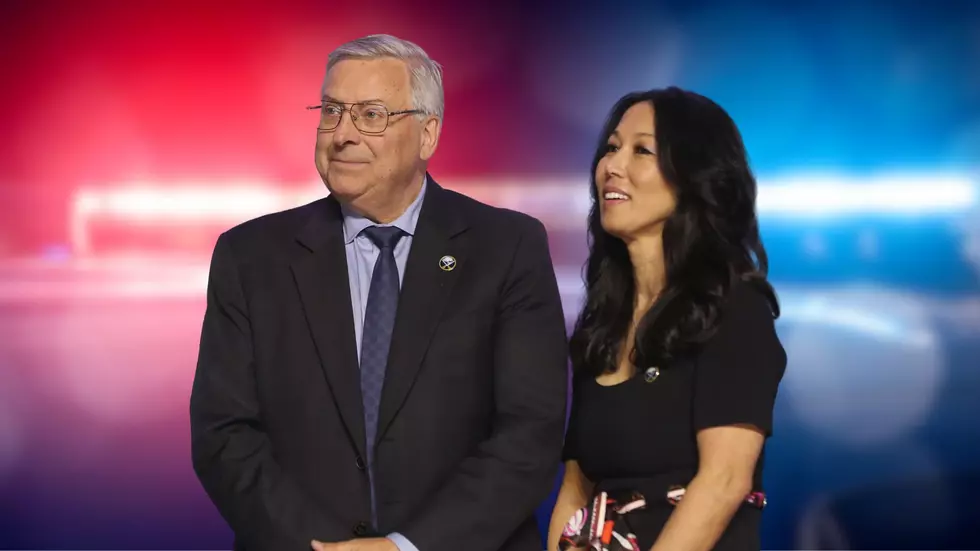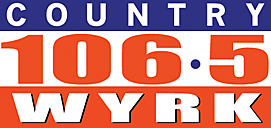
Why Do We Use the Electoral College System?
It’s something we criticize and call antiquated, but it’s a part of the U-S Constitution and we’re stuck with it. It’s the Electoral College system for electing the President.
Each state has as many electoral votes as they have U-S Senators and Congressmen. The number of Senators and Congressmen each state has is based on population. California has the biggest population and the most electoral votes with 55, followed by Texas with 38 and New York and Florida each with 29. Alaska, Montana, Wyoming, North and South Dakota, Vermont, Delaware and the District of Columbia have the fewest electoral votes – each with only 3.
There are a total of 538 electoral representatives and to be elected president you must have a majority of 270 electoral votes. In all states except Nebraska and Maine – it’s a winner take all vote.
And for that reason, many presidential victories appear to be huge landslides when you look at the electoral vote, but much closer when you look at the popular vote. In the 1984 election, Ronald Reagan won nearly 98 percent of the electoral vote, but he took only 59 percent of the popular vote.
Three times in history, a president was elected who failed to win the popular vote, but won based on the electoral vote. It happened in 1876, 1888 and in 2000 when George W. Bush beat Al Gore.
Opponents of the system say it gives larger states and certain swing states – where there’s no overwhelming support for either candidate – a bigger amount of clout. But supporters say just the opposite. They say the Electoral College protects the rights of smaller states. There have been a number of constitutional amendments introduced in Congress attempting to replace the Electoral College with a direct popular vote; but no proposal has ever been able to pass both houses.
More From 106.5 WYRK


![Electoral College Explained [VIDEO]](http://townsquare.media/site/10/files/2012/11/ScreenHunter_02-Nov.-06-22.15.jpg?w=980&q=75)






